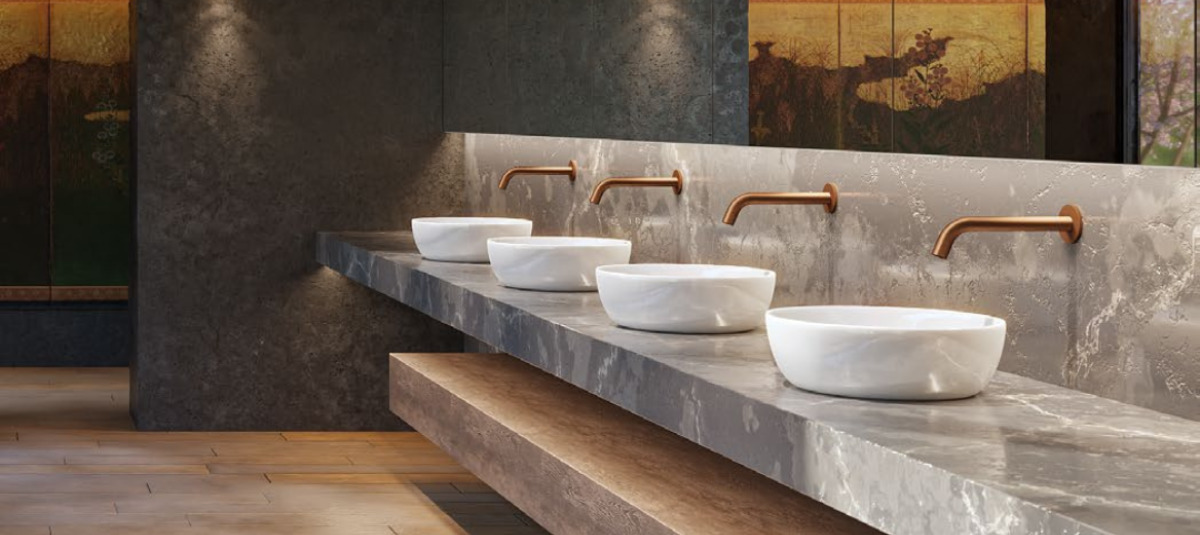
"Touchless devices have become standard in projects that prioritize user experience and sustainability, reflecting a broader change in comfort, accessibility, and efficiency."
"Touchless interactions may appear effortless, yet they depend on sophisticated systems where technological precision significantly influences hygiene and design freedom."
"Time-of-Flight (TOF) sensing technology represents a significant evolution, providing accuracy and reliability that enhances operational efficiency and water conservation."
"Traditional Infrared (IR) sensors suffer from limitations in ambient light sensitivity and often trigger false activations, leading to inefficiencies and user dissatisfaction."
Touchless technology is transforming interactions with common objects and systems, particularly in public restrooms. This trend emphasizes fluid and intuitive experiences, promoting hygiene and reducing pathogen transmission. Touchless devices have evolved from niche applications to mainstream solutions focused on user experience and sustainability. Behind these seamless experiences is advanced technology like Time-of-Flight (TOF) sensors, which improve accuracy and efficiency. Traditional Infrared (IR) sensors are hindered by sensitivity to light and false activations, highlighting the advantages of TOF in operational efficacy and water conservation in various settings.
Read at ArchDaily
Unable to calculate read time
Collection
[
|
...
]